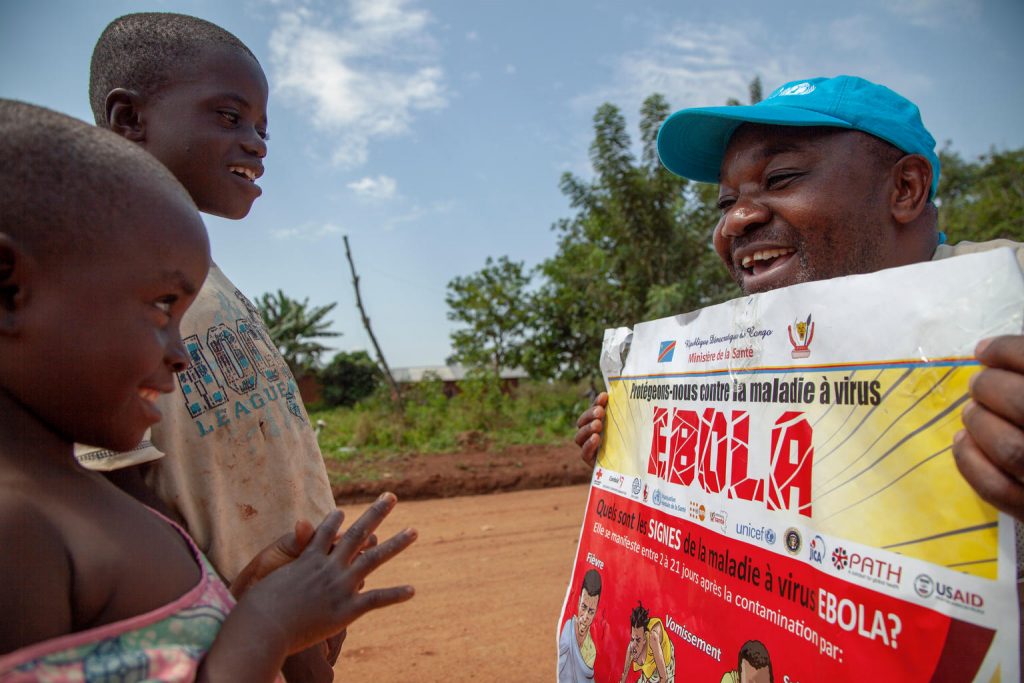Until the 2014 Ebola epidemic in West Africa, Ebola outbreaks had been sporadic, small, and largely confined to isolated rural villages in Central Africa. But the 2014 epidemic broke all the rules and killed more than 15,000 people; since then, more outbreaks have been reaching larger urban centers, sometimes resulting in uncontrolled spread. The current epidemic in the Democratic Republic of Congo (DRC) has triggered a massive international response, which has been met by violence, culminating in attacks at the end of February that partially destroyed Ebola treatment units in the regional hub of Butembo and its township, Katwa. This area is the epicenter of the epidemic, which is likely to be fueled by any breakdown of isolation and treatment efforts.
Are these urban flares the new norm? What might the ebb and flow of intervention and violence bode for future epidemics? Insights from the front lines may offer some clues.



